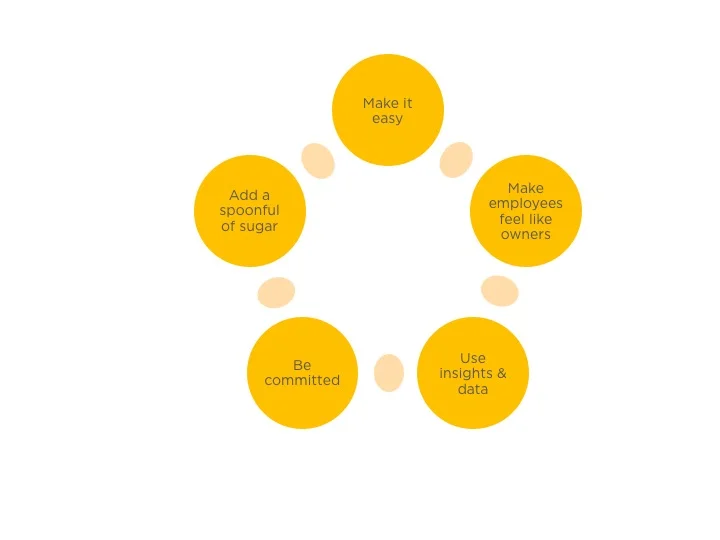Measuring Customer Experience
When it comes to measuring customer experience, organizations often fall into 2 buckets: those that measure a hundred things, and those wonder "how do you measure customer experience?" in the first place. I'm exaggerating of course, but as you probably already know, there is no "right way" and there is a lot of confusion around how to measure customer experience at all.
Whichever bucket you fall in, I believe in the Six Sigma concept that what gets measured, gets done. And I believe that can be handily applied to customer experience measurement as well. The trouble companies often face is not whether or not to measure it; but rather, how to measure customer experience so you can learn and make changes?
As with all things customer experience, we need to start with what customers are trying to accomplish…and measure how easy it was for them do it using our product or service. Too often organizations get caught up in measuring how well they do the things they want to do or sell the things they want to sell, but they forget entirely about measuring how well they do what their customers want them to do.
The two most common questions that organizations ask are:
- Were you satisfied with [the call, the customer service, the product, etc]?
- How likely are you to recommend [product/brand] to a friend?
These are good questions. But they aren't going to give you a complete picture.
Satisfaction scores seem so simple, and at first blush a question about satisfaction seems like the right question to ask customers. Unfortunately, many reputable researchers have shown that there is limited correlation between customer satisfaction and customer loyalty...which in the end is the real goal. If you read my post about the customer experience hierarchy, you remember that customer satisfaction is at the bottom of the ladder. It's important, sure. But it's not the most important. You can certainly measure customer satisfaction, but don't let that metric be your only one.
InSpeier CX Hierarchy
Look further up the hierarchy: empowerment, engagement...and at the top: advocacy. Customer advocates are loyal customers. And loyal customers come back again, buy more and tell their friends about it. Getting more customer advocates - that's the goal.
So how can you find out if your product or service is easy to use, let's consumers accomplish their goals, and in the long run, builds loyal customers?
Using a standardized question like the old standby Net Promoter Score (NPS) is a good start because it's consistent and allows for industry benchmarking. If you're already using NPS, that's a good start and has a proven correlation to customer loyalty. I would argue that NPS, like CSAT (customer satisfaction) only gives you part of the picture though. It tells you how many of your customers are loyal advocates and how many aren't...but that's about it. If you want to dig deeper, I suggest augmenting NPS with three additional CX questions.
- Did we meet your needs/expectations?
- How do we compare to an ideal [fill in the blank with your product/service]?
- How easy is it to do business with us?
And I always recommend including an open ended box with all customer loyalty questions so you can get a picture of the why in addition to the what.
It doesn’t matter how you ask or where you ask; web surveys, phone surveys, in-store surveys. It takes less than a minute to answer these three questions, but you’ll gain deeper consumer insights from these than any lengthy research effort, and you’ll learn it quicker. The more often you ask and the more customers you ask, the more data you will have to act on...especially if you include open-ends with each CX question. So start measuring. Because as the Six Sigma’s say, “what get’s measured, get’s done.”


